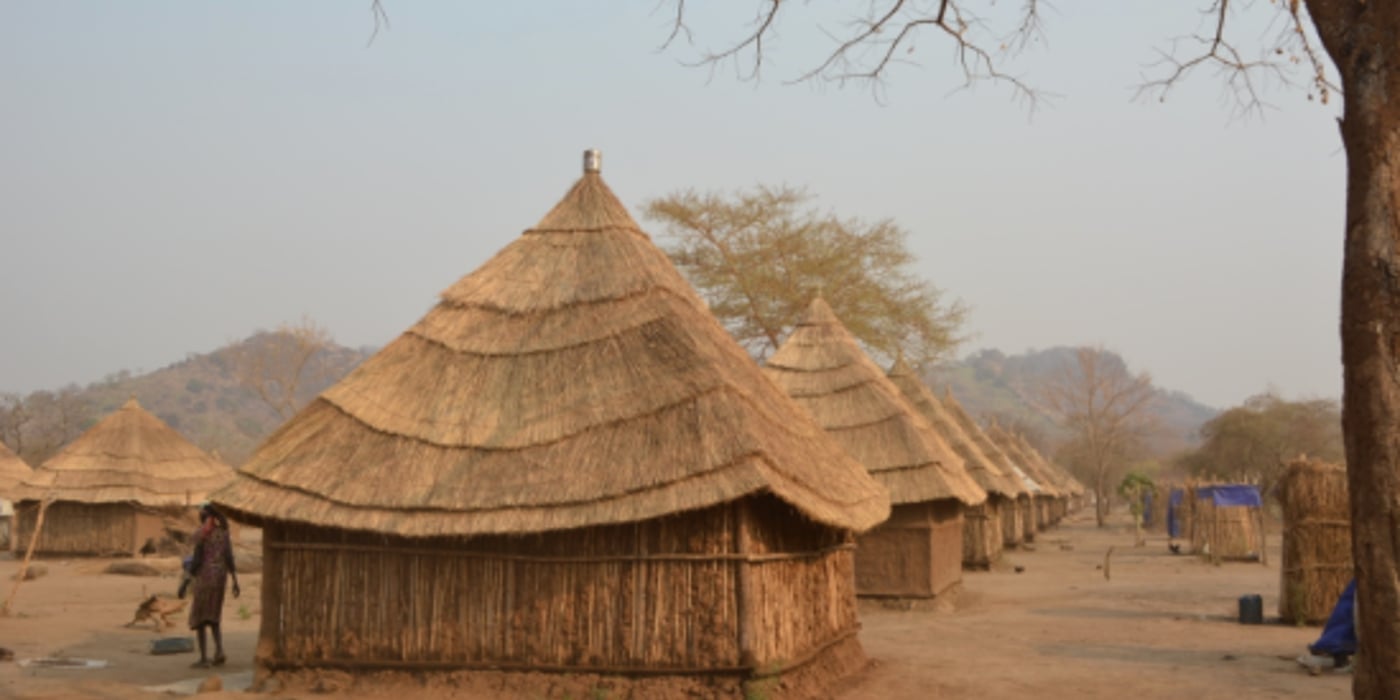
NRC Board of Directors visit to Gambella
NRC along with other agencies responded to this crisis by quickly providing safety, food, water, shelter and emergency education.
Many have found safety in refugee camps. The pace of building of camps such as Kule and Terkidi (where we visited) is remarkable: during our visit the head of UNHCR told us that NRC had often been the first agency to respond, and that NRC were known for putting up tents 'both night and day', which is a real testimony to the commitment of the team.
What really impressed me however was the quality of the shelters being built: too often post-emergency shelter is poor quality, expensive, uses the wrong materials and is inappropriate to context. These shelters however are the opposite: they are low cost, do not overheat and use local materials - which makes repairs easy, builds local skills and promotes local markets.
One reason for this success lies in the long-standing open door policy of Ethiopia, which welcomes refugees. Another is the expertise of NRC, which has long experience of providing emergency shelter across the world.
It was my privilege, as a new Board member, to meet the staff of NRC and to see their remarkable work in such a difficult and complex setting - which by definition is where NRC works, and whose staff labour tirelessly to help those displaced by conflict and disaster.

